As previously published in An Cosantóir in March 2013 issue.
By Cpl Paul Millar – Photos by Sgt Wayne Fitzgerald
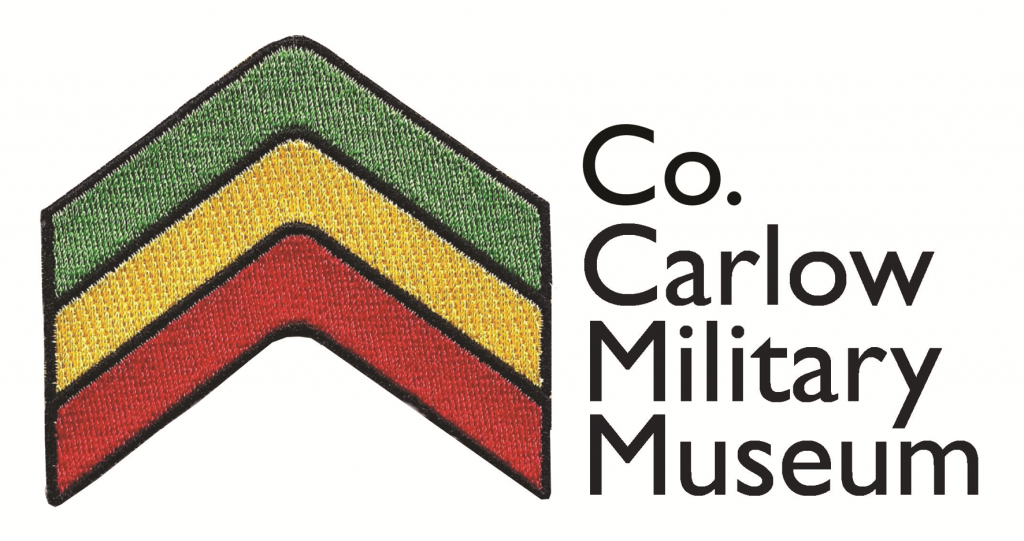 The Carlow Military Museum punches well above its weight and its story is as interesting as the stories of the 7,500 items it currently holds.
The Carlow Military Museum punches well above its weight and its story is as interesting as the stories of the 7,500 items it currently holds.
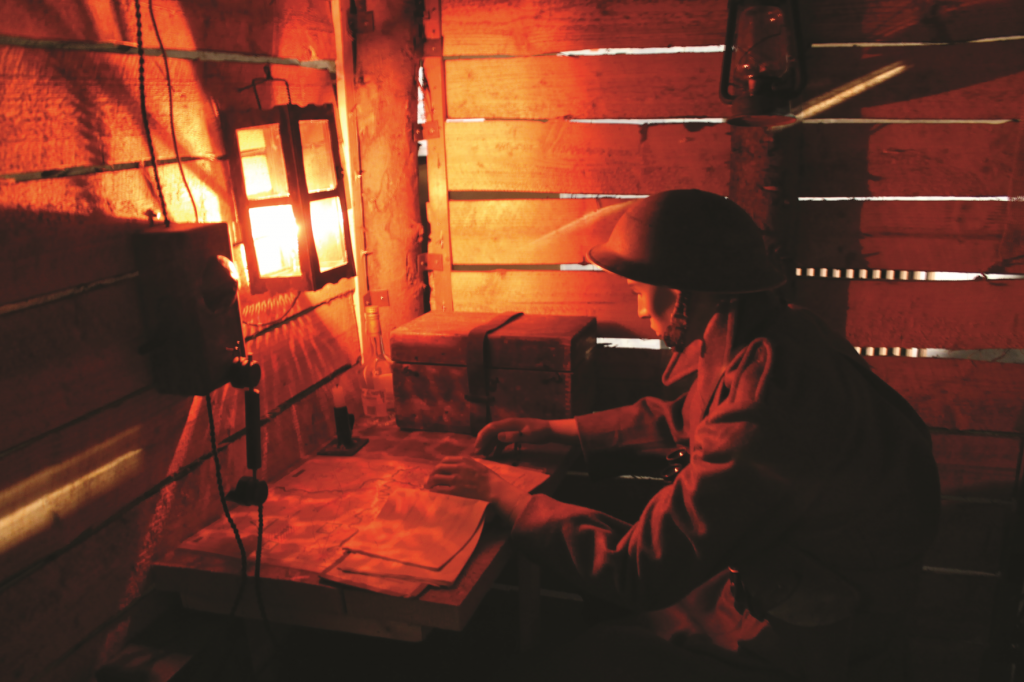 The museum began life in 1995 as a memorial to Chief Warrant Officer Donal Cunningham, a Carlow native who served with 10 Inf Bn before moving to America, who, after several tours abroad as a helicopter pilot, was killed in a training accident in Cyprus. To remember Donal, some of his former comrades in the Reserve put together a collection of his kit in their drill shed. As word grew, donations came in and it became apparent that a larger building was needed.
The museum began life in 1995 as a memorial to Chief Warrant Officer Donal Cunningham, a Carlow native who served with 10 Inf Bn before moving to America, who, after several tours abroad as a helicopter pilot, was killed in a training accident in Cyprus. To remember Donal, some of his former comrades in the Reserve put together a collection of his kit in their drill shed. As word grew, donations came in and it became apparent that a larger building was needed.
After a long search, the group was allocated St Dympna’s Church, in Carlow Hospital grounds, by the Health Board. The church is ideal for the museum as it is an historic building in its own right: the stained glass window over the altar, worth over €1.2 million, has proven to be an attraction all of its own. The move to the church in 2001 was only the beginning of many years work and dedication on behalf of the volunteers.
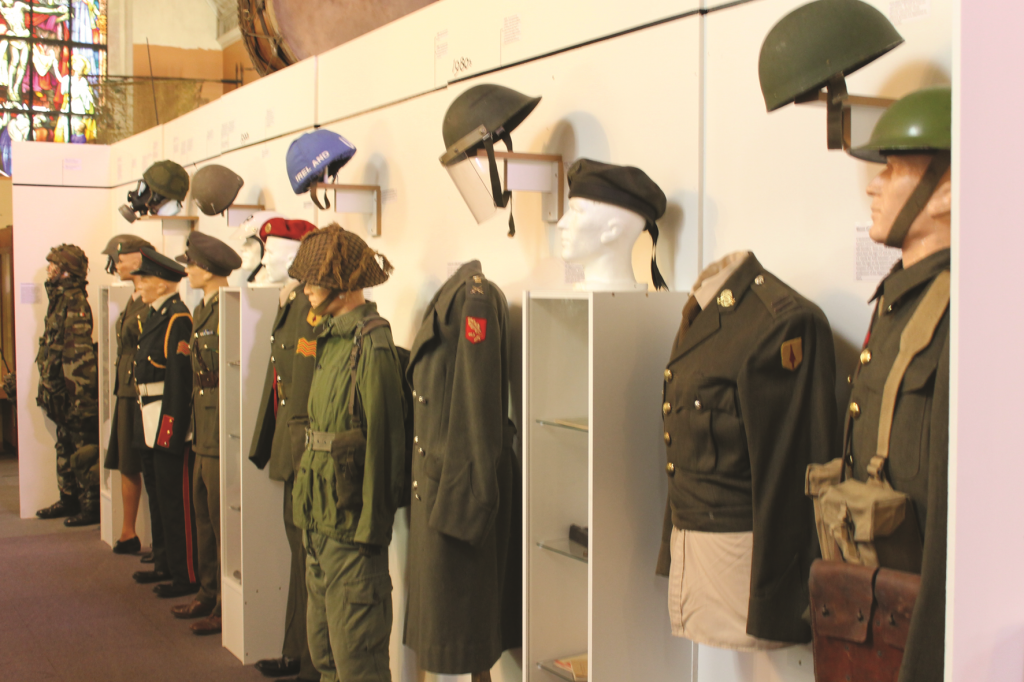 Today the military museum covers all aspects of Carlow’s warrior history, from medieval times to the 21st century. Most displays are interactive. For example, the medieval exhibits give a real sense of the weight of chain mail armour and weapons, and an appreciation of the time it took to get suited up for battle. There’s also a small area on the 1798 rebellion with a restored ‘Brown Bess’ musket holding centre stage.
Today the military museum covers all aspects of Carlow’s warrior history, from medieval times to the 21st century. Most displays are interactive. For example, the medieval exhibits give a real sense of the weight of chain mail armour and weapons, and an appreciation of the time it took to get suited up for battle. There’s also a small area on the 1798 rebellion with a restored ‘Brown Bess’ musket holding centre stage.
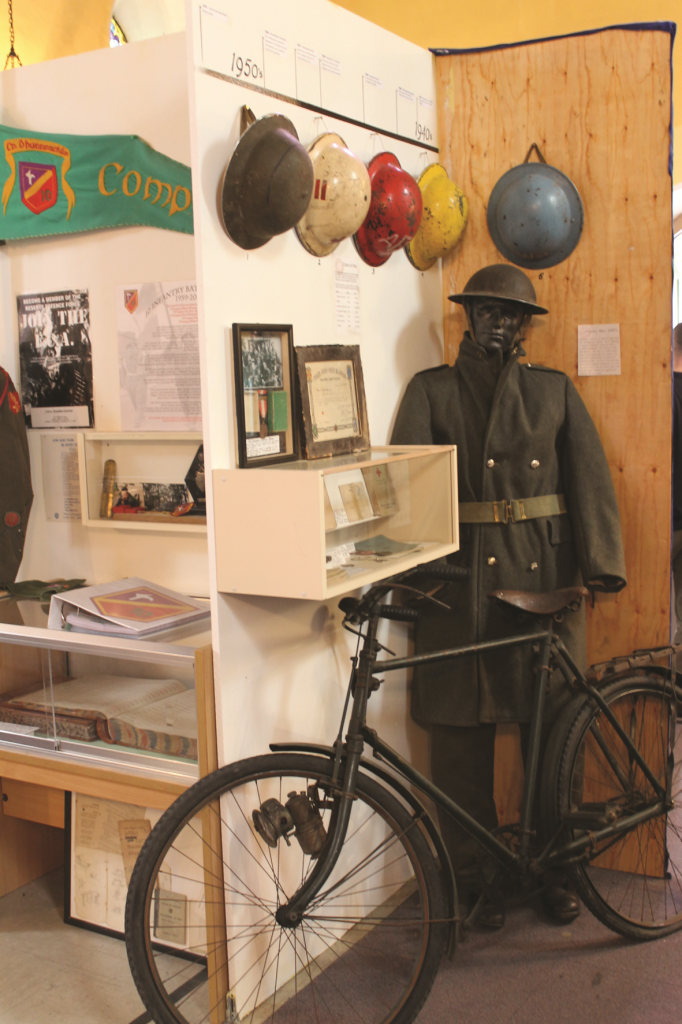 The most extensive exhibits in the museum cover the period from 1900 to 1950, with a selection of uniforms, ordnance, bayonets, kit, and an atmospheric reconstruction of a three-man observation trench overlooking no-man’s land in Ypres.
The most extensive exhibits in the museum cover the period from 1900 to 1950, with a selection of uniforms, ordnance, bayonets, kit, and an atmospheric reconstruction of a three-man observation trench overlooking no-man’s land in Ypres.
All the exhibits have a Carlow connection and were donated by people who served in various armies, or by family members.
All donations are cared for by a dedicated team of volunteers and together they highlight the personal sacrifices made by the people and families of Carlow during various wars. The museum has just received a donation of Black-and-Tan medals and even during our visit donations of various medals were made.
Taking main stage in the medal collection is the Military Star awarded to Lt Kevin Gleeson, who lost his life in the Niemba Ambush, a significant event in Defence Forces’ history. All services are represented, with an Air Corps presentation and a display for PO TJ Doyle, who died in service with LÉ Róisín.
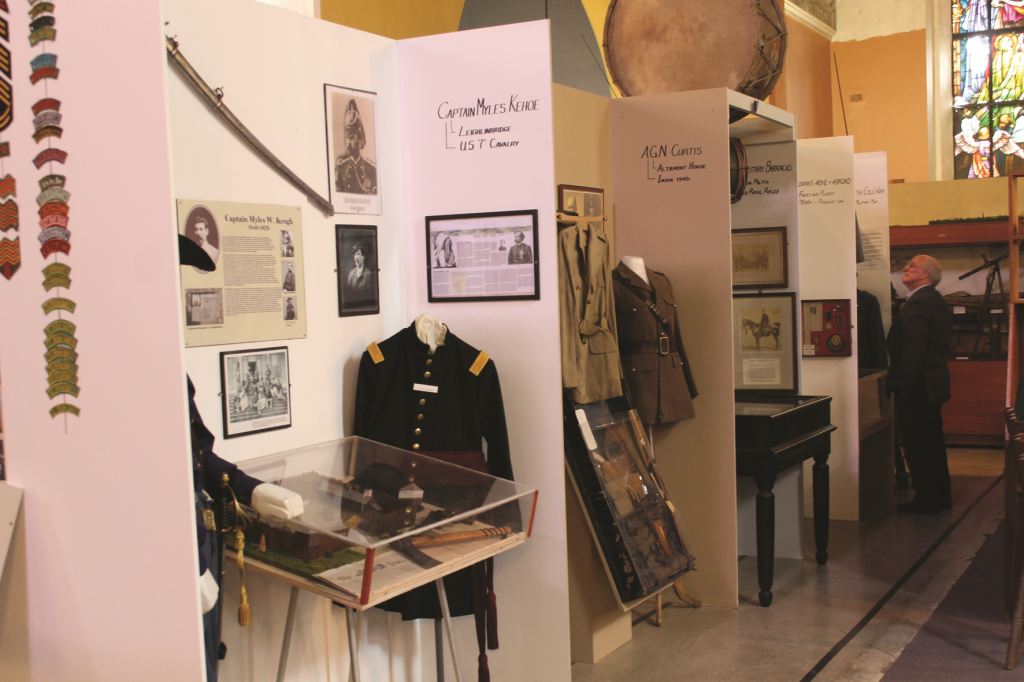 Members of 10 Inf Bn were key in advertising and collecting for the museum and the unit is now honoured with an area that celebrates its life and times.
Members of 10 Inf Bn were key in advertising and collecting for the museum and the unit is now honoured with an area that celebrates its life and times.
Many older serving or retired members of the DF would remember the various uniforms, kit, bicycles and comms equipment on display. A lot of the ordnance and kit was sourced with the help of Comdt Gerry Shinnors (Retd) and is reason enough for a visit. There’s even a collection of DF pottery complete with chamber pot!
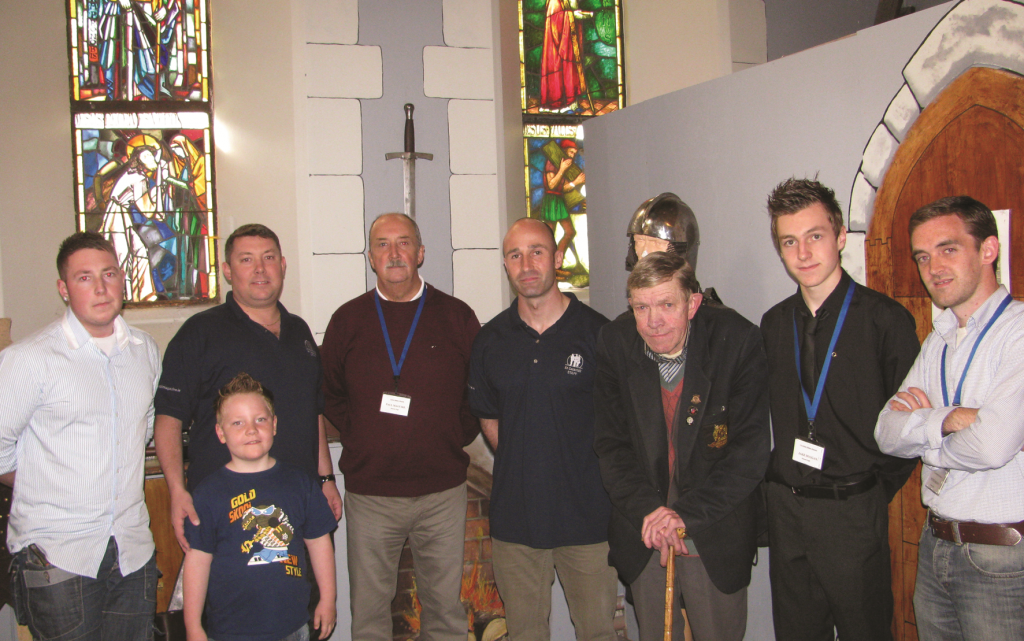
An Cosantoir Staff with Museum Staff and visitors
The work of the museum is ongoing and the staff is doing a fantastic job cataloguing current stories from today’s Carlow natives serving with a range of armies. This will become the history of the future. Whereas Carlow used to be a gateway to the Pale, now it’s a gateway to the past. A visit here would be part of an ideal day out for people interested in the best of what a small volunteer museum can offer. For more information ring 087-6904242, or visit www.countycarlowmuseum.org, or checkout their Facebook page
Read these stories and more in An Cosantóir (The Defender), The official magazine of the Irish Defence Forces – www.dfmagazine.ie
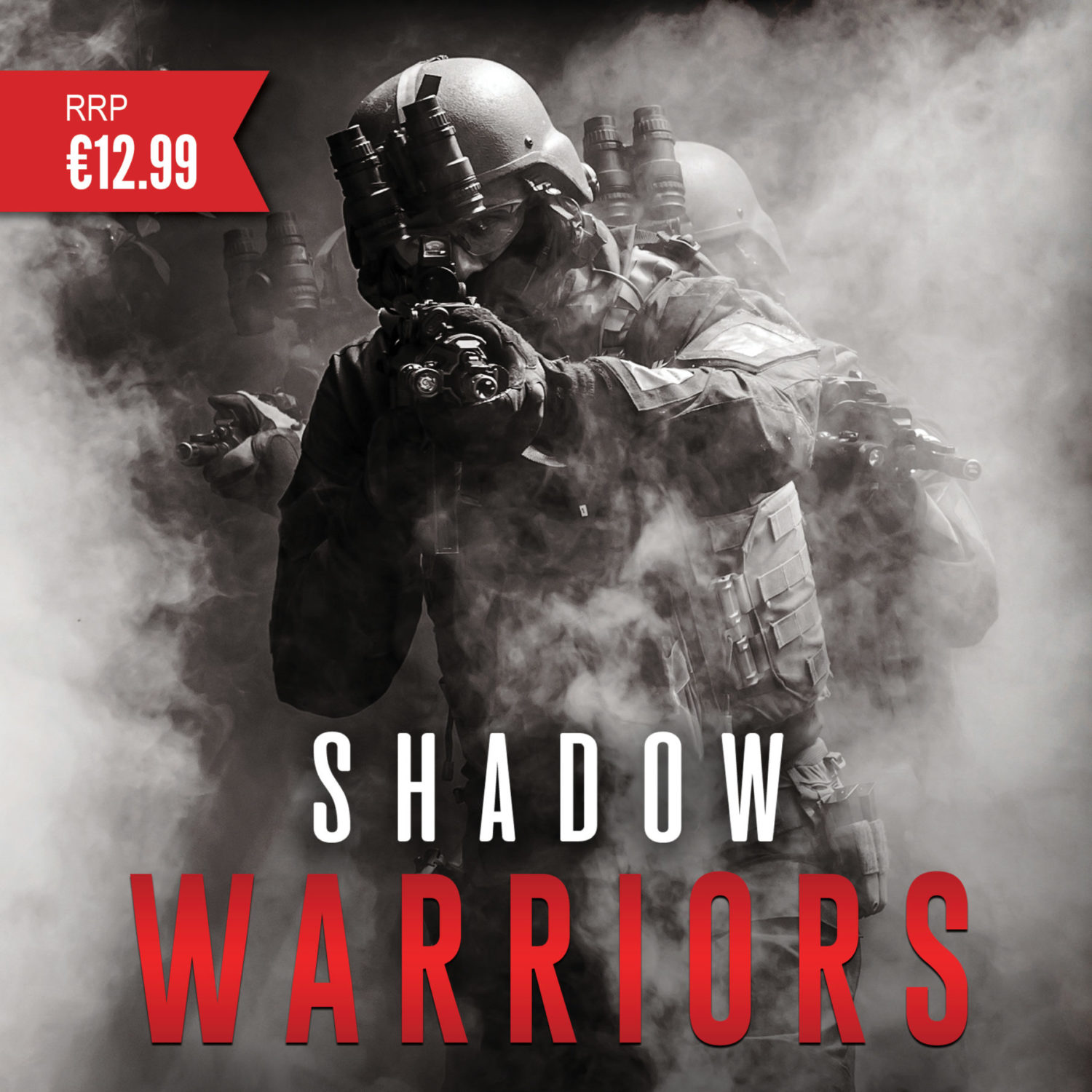
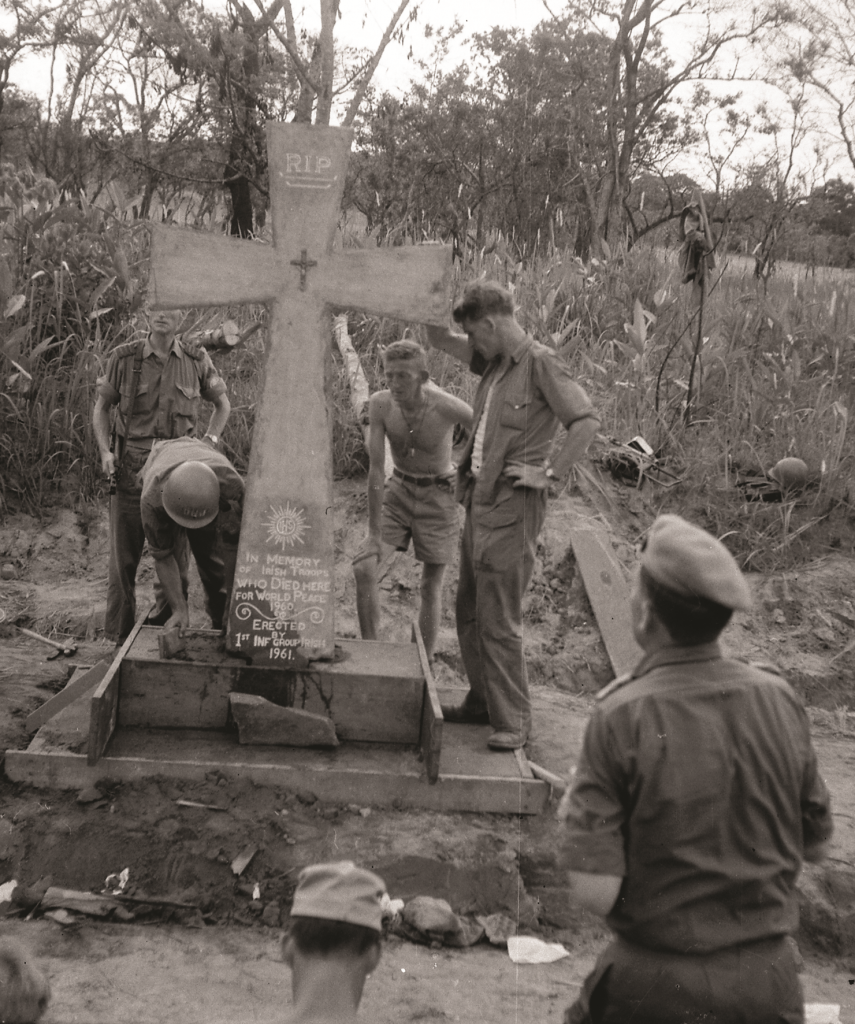
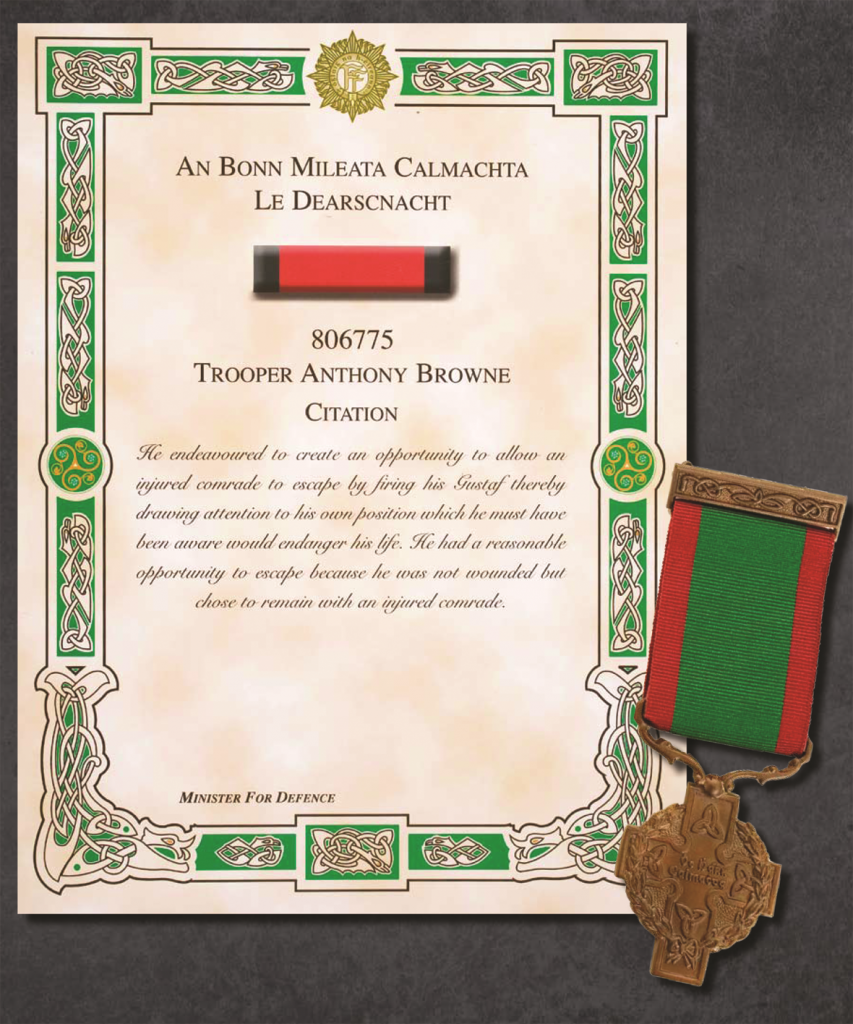
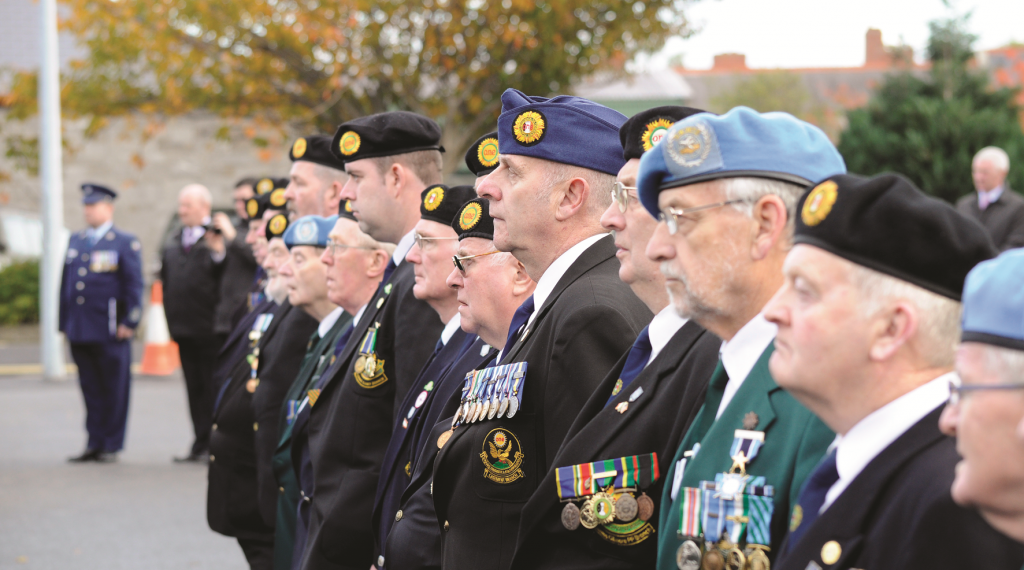
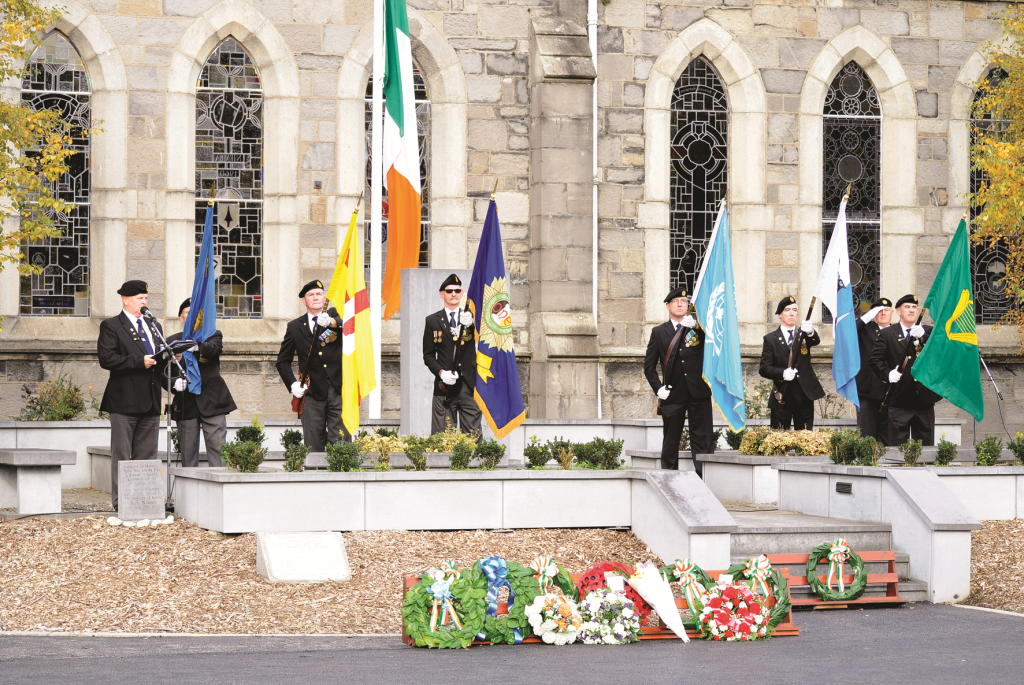
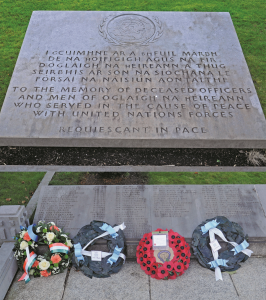
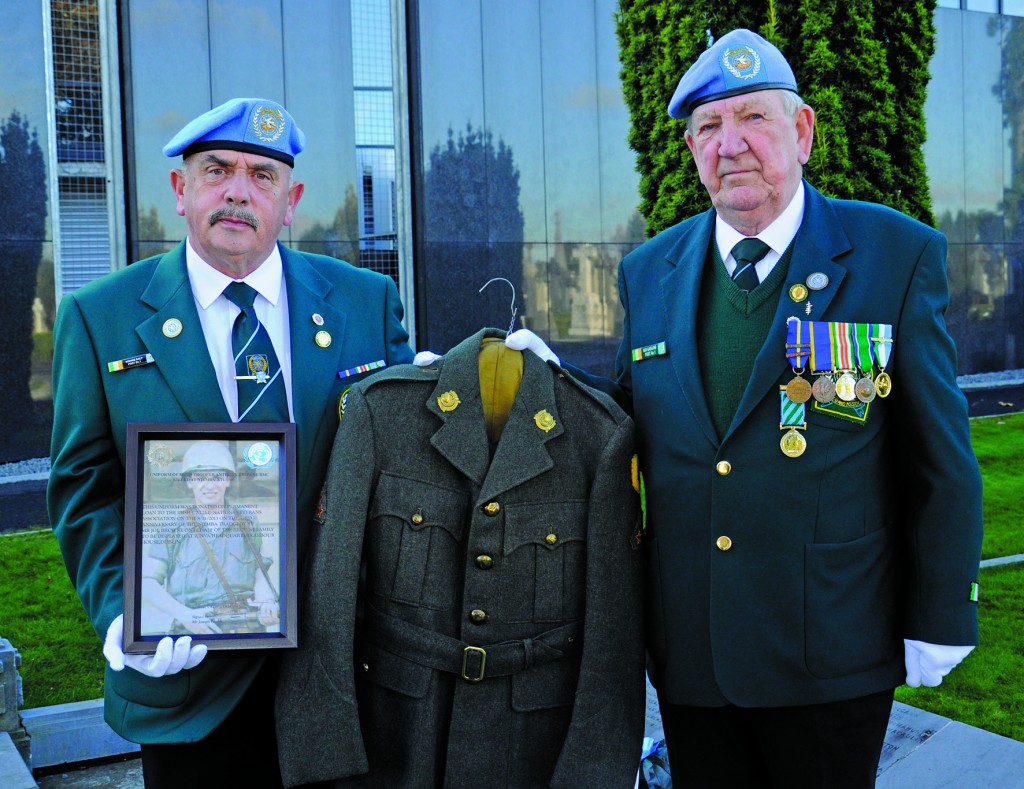
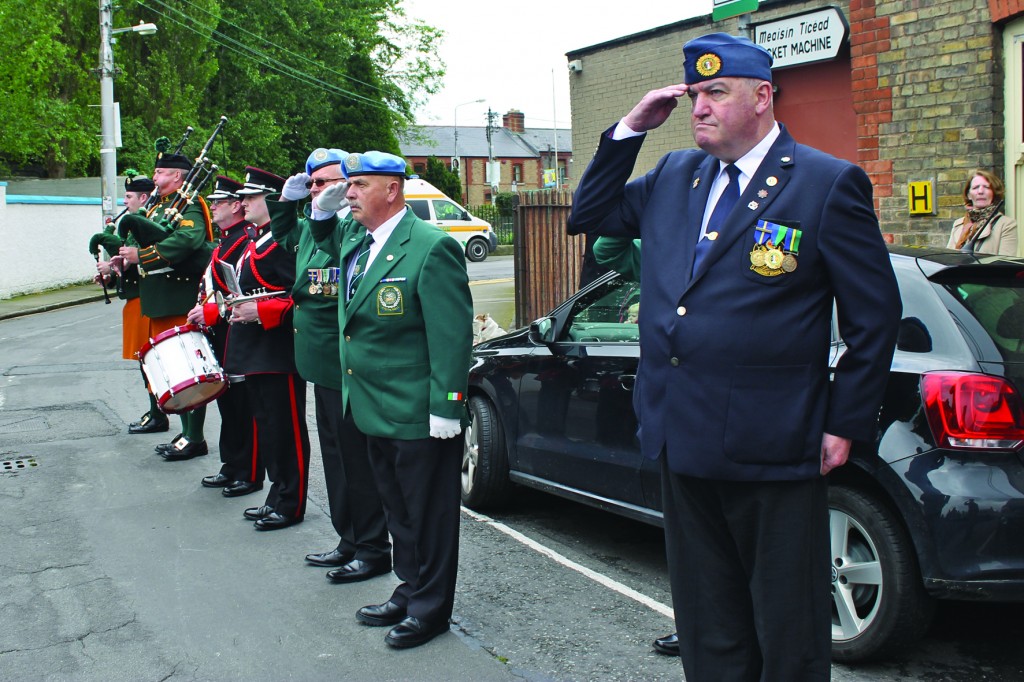 On May 25th 2014, the Irish United Nations Veterans Association (IUNVA) held their 16th annual wreath-laying ceremony in remembrance of all Defence Forces personnel, members of An Garda Síochána and civilian personnel who died on UN peacekeeping missions throughout the world. The ceremony was held at the memorial garden in IUNVA’s HQ on Mount Temple Road, behind Arbour Hill Church and Cemetery, where a memorial stone is inscribed with the names of those who sacrificed everything in the cause of world peace. The garden was opened by President Mary McAleese on November 8th 1998.
On May 25th 2014, the Irish United Nations Veterans Association (IUNVA) held their 16th annual wreath-laying ceremony in remembrance of all Defence Forces personnel, members of An Garda Síochána and civilian personnel who died on UN peacekeeping missions throughout the world. The ceremony was held at the memorial garden in IUNVA’s HQ on Mount Temple Road, behind Arbour Hill Church and Cemetery, where a memorial stone is inscribed with the names of those who sacrificed everything in the cause of world peace. The garden was opened by President Mary McAleese on November 8th 1998.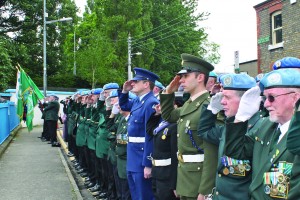 What makes this year special is that it is the 25th anniversary of the formation of IUNVA. It also marks the 50th anniversary of the formation of UNFICYP in April 1964, when 606 members of 40 Inf Bn arrived in Cyprus, and the 50th anniversary of the ending of Irish involvement in the Congo when 2 Inf Gp left ONUC in June of the same year.
What makes this year special is that it is the 25th anniversary of the formation of IUNVA. It also marks the 50th anniversary of the formation of UNFICYP in April 1964, when 606 members of 40 Inf Bn arrived in Cyprus, and the 50th anniversary of the ending of Irish involvement in the Congo when 2 Inf Gp left ONUC in June of the same year.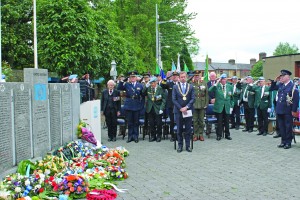 DCOS Sp, Rear-Admiral Mark Mellett DSM, addressed the parade, thanking IUNVA for making sure the memories and names of all those that made the ultimate sacrifice for world peace are remembered. Fr Pat Mernagh CF and the Very Rev John Marsden, Dean of Kildare, led those present in prayers and then Airman Michael Whelan read out his poem ‘Fallen Friends’. The roll of honour was then read out by members of IUNVA posts from around the country.
DCOS Sp, Rear-Admiral Mark Mellett DSM, addressed the parade, thanking IUNVA for making sure the memories and names of all those that made the ultimate sacrifice for world peace are remembered. Fr Pat Mernagh CF and the Very Rev John Marsden, Dean of Kildare, led those present in prayers and then Airman Michael Whelan read out his poem ‘Fallen Friends’. The roll of honour was then read out by members of IUNVA posts from around the country.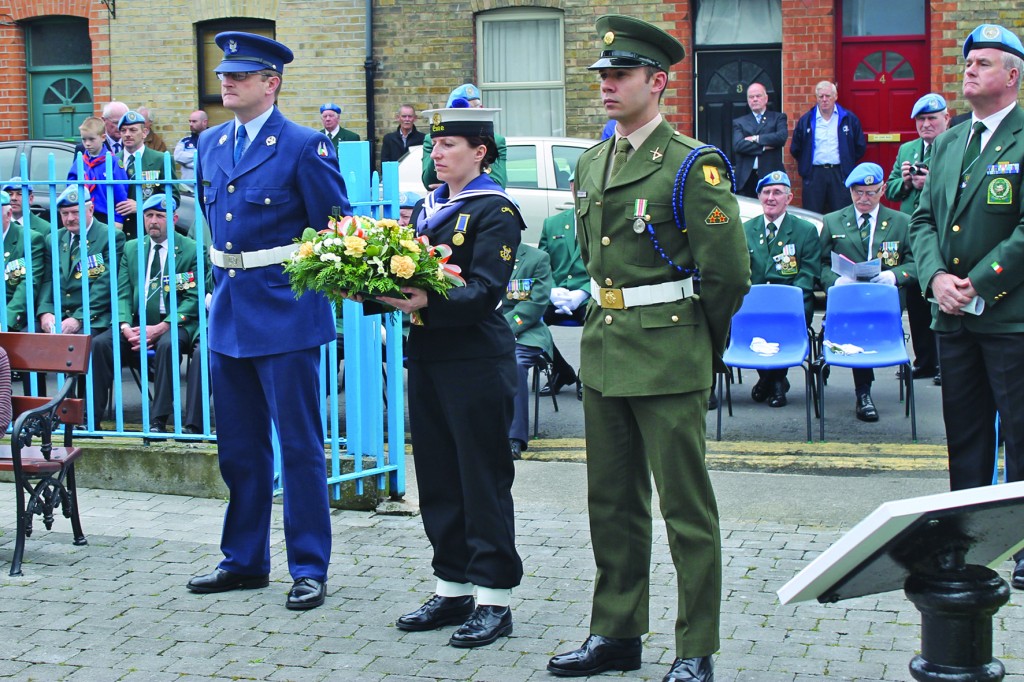
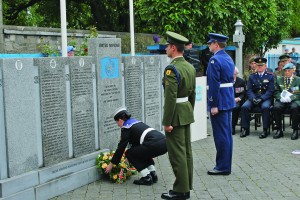 Wreaths were then laid on behalf of the Defence Forces by Airman Michael Whelan (Air Corps), Pte Tadgh Luby (7 Inf Bn) and A/Sea Michelle Thompson (Dublin Unit, NSR). A wreath was also laid by representatives of other armed forces.
Wreaths were then laid on behalf of the Defence Forces by Airman Michael Whelan (Air Corps), Pte Tadgh Luby (7 Inf Bn) and A/Sea Michelle Thompson (Dublin Unit, NSR). A wreath was also laid by representatives of other armed forces.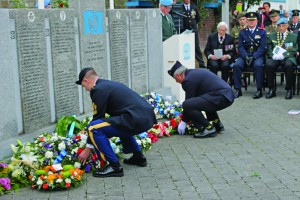 The day went very well and although it was such a solemn occasion it was very uplifting with everyone enjoying the parade and the opportunity to remember lost loved ones in good company.
The day went very well and although it was such a solemn occasion it was very uplifting with everyone enjoying the parade and the opportunity to remember lost loved ones in good company.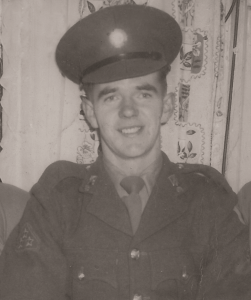 On the 30th August 2011, a lecture room in Cathal Brugha Bks was named in honour of a fallen colleague of the staff of the 2nd Eastern Brigade Training Centre (2 E BTC). The Private Killeen Lecture Room, located in ‘B’ block on the main square.
On the 30th August 2011, a lecture room in Cathal Brugha Bks was named in honour of a fallen colleague of the staff of the 2nd Eastern Brigade Training Centre (2 E BTC). The Private Killeen Lecture Room, located in ‘B’ block on the main square.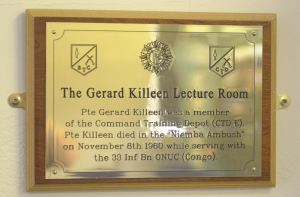 In August 1960, Pte Killeen was deployed overseas to the Congo as a Peace-keeper with ‘A’ Coy, 33 Inf Bn. As part of a 706 strong Battalion with the newly founded UN mission ONUC (l’Opération des Nations Uniesau Congo). The Congo was only granted independence on 30th June 1960, after almost a century of Belgian rule. This was the first armed overseas mission undertaken by the Defence Forces since the foundation of the state.
In August 1960, Pte Killeen was deployed overseas to the Congo as a Peace-keeper with ‘A’ Coy, 33 Inf Bn. As part of a 706 strong Battalion with the newly founded UN mission ONUC (l’Opération des Nations Uniesau Congo). The Congo was only granted independence on 30th June 1960, after almost a century of Belgian rule. This was the first armed overseas mission undertaken by the Defence Forces since the foundation of the state.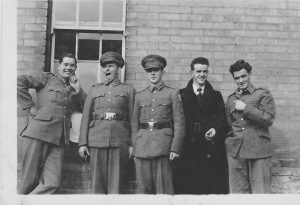 Pte Killeen was killed (along with 8 others) on the 8th November 1960 at a river crossing near the village of Niemba in Katanga, when an eleven-man Irish patrol was ambushed by Baluba tribesmen. This was, and still remains, the greatest loss of life for the Defence Forces in a single incident overseas.
Pte Killeen was killed (along with 8 others) on the 8th November 1960 at a river crossing near the village of Niemba in Katanga, when an eleven-man Irish patrol was ambushed by Baluba tribesmen. This was, and still remains, the greatest loss of life for the Defence Forces in a single incident overseas.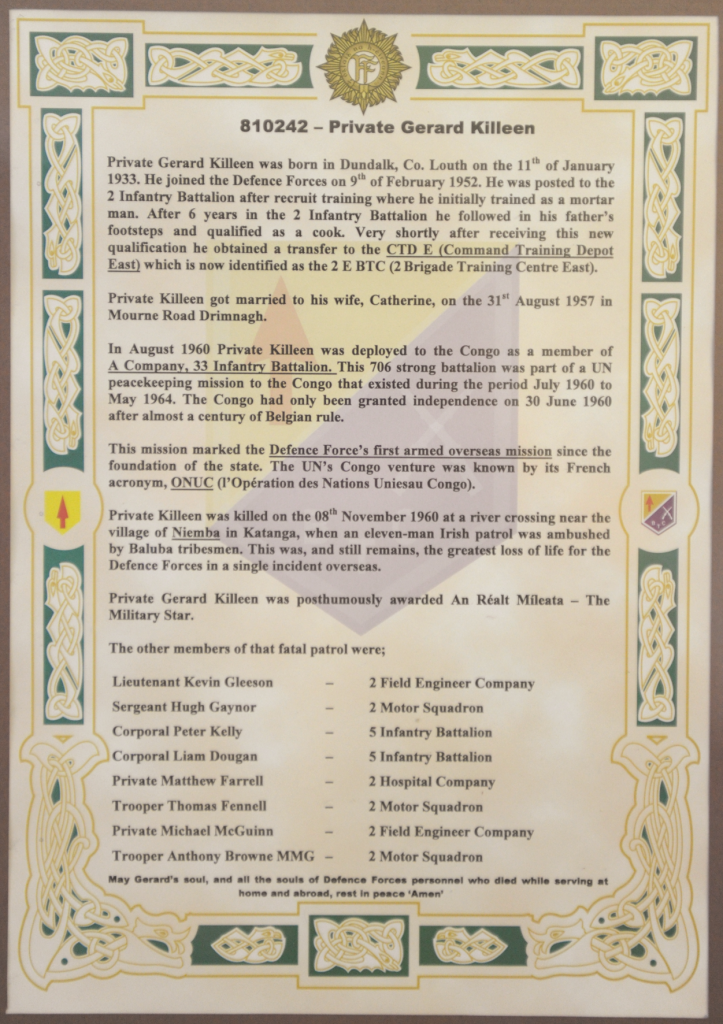
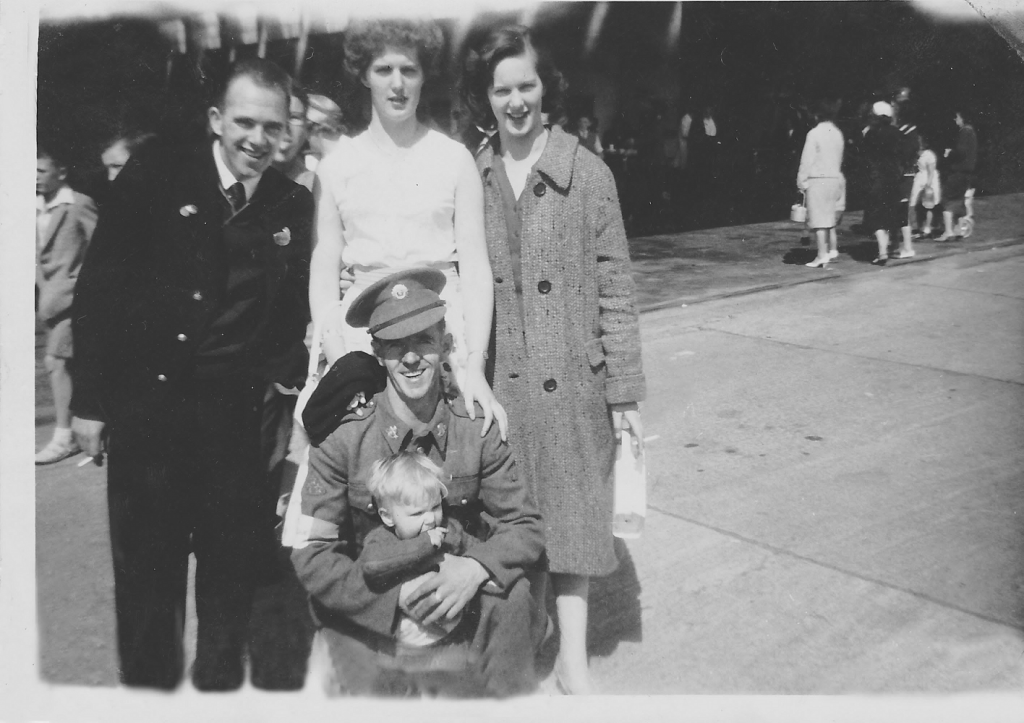
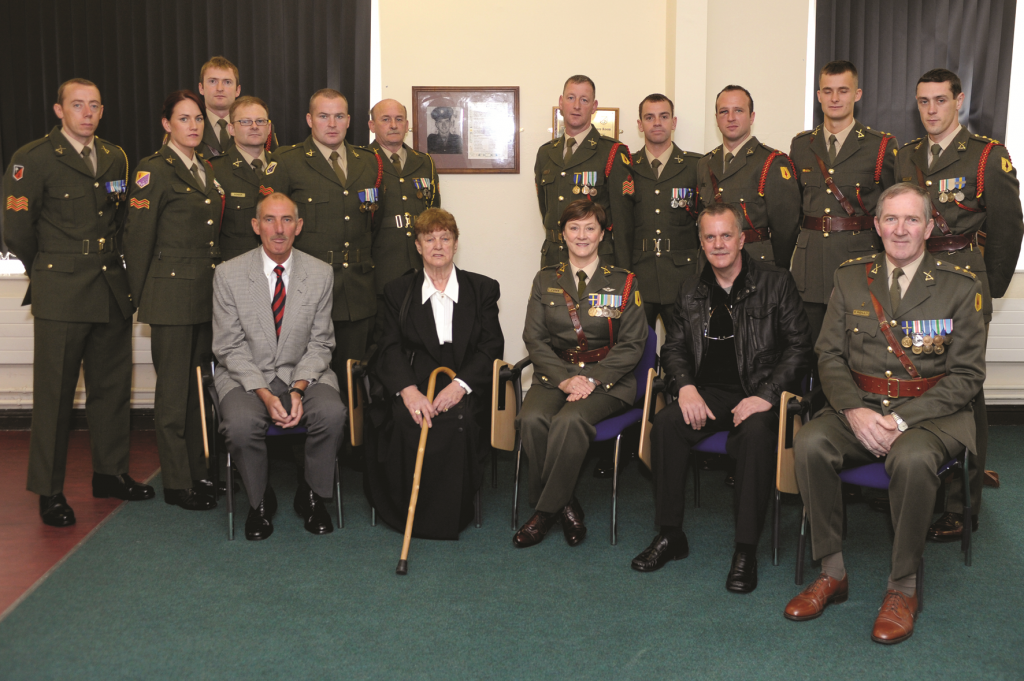
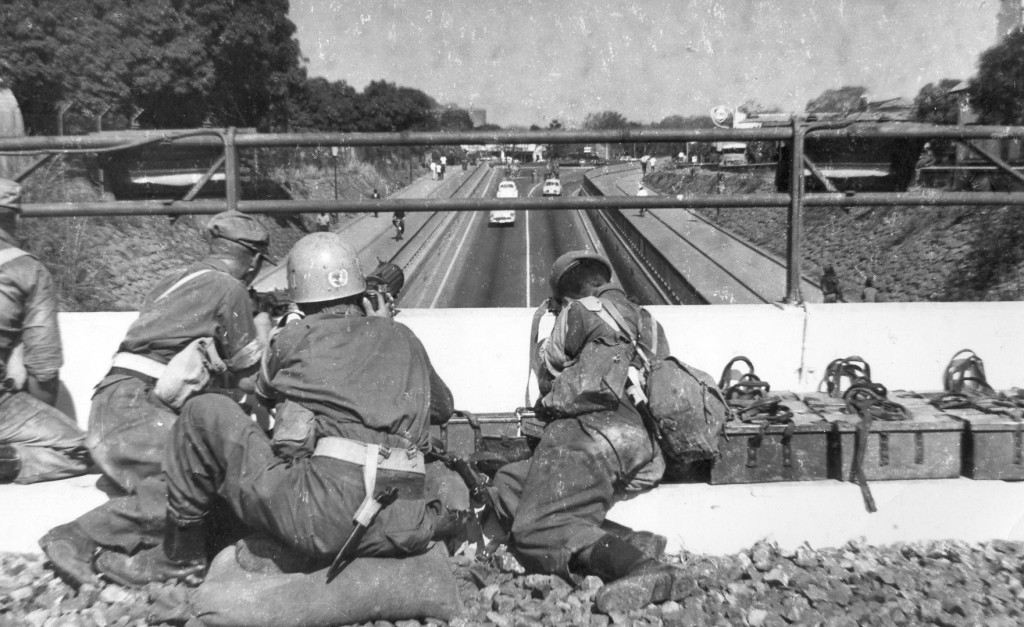
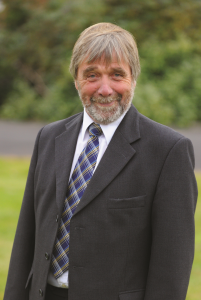
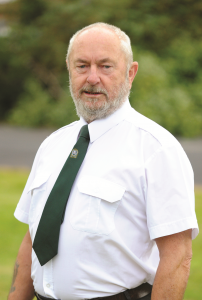
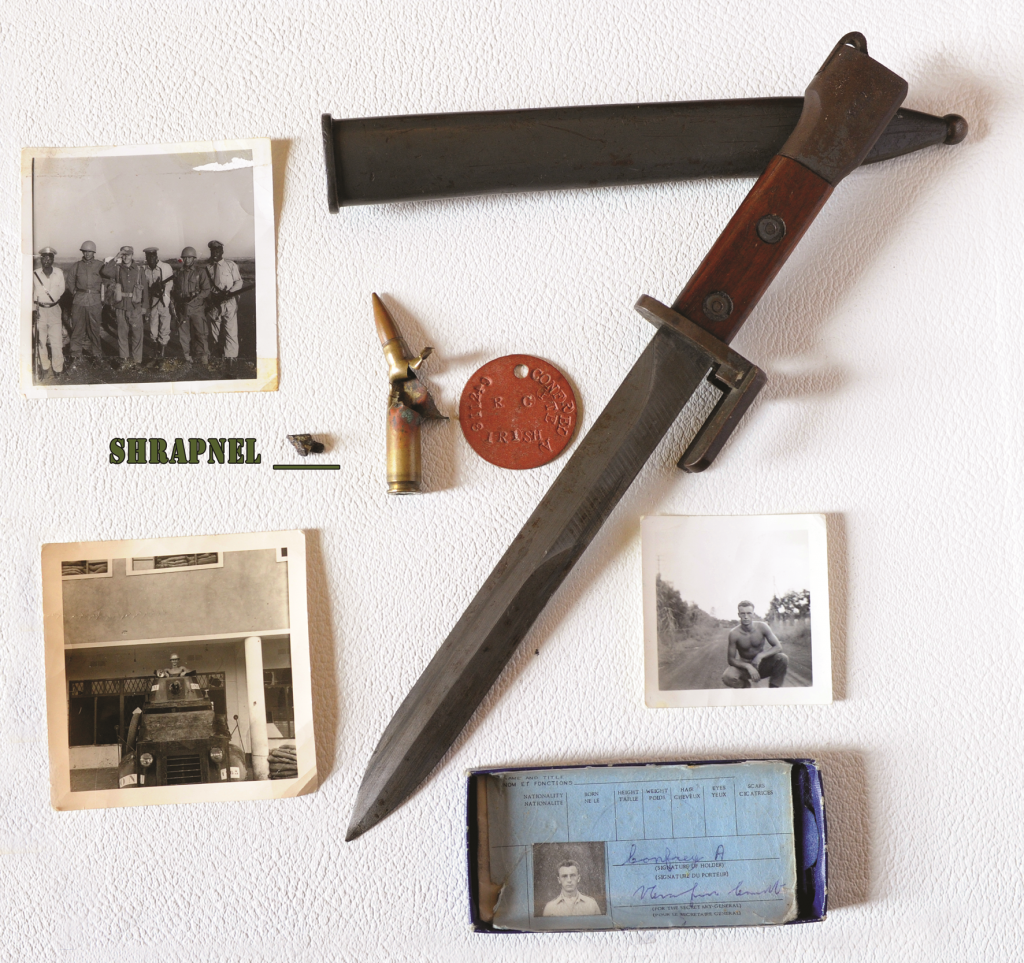
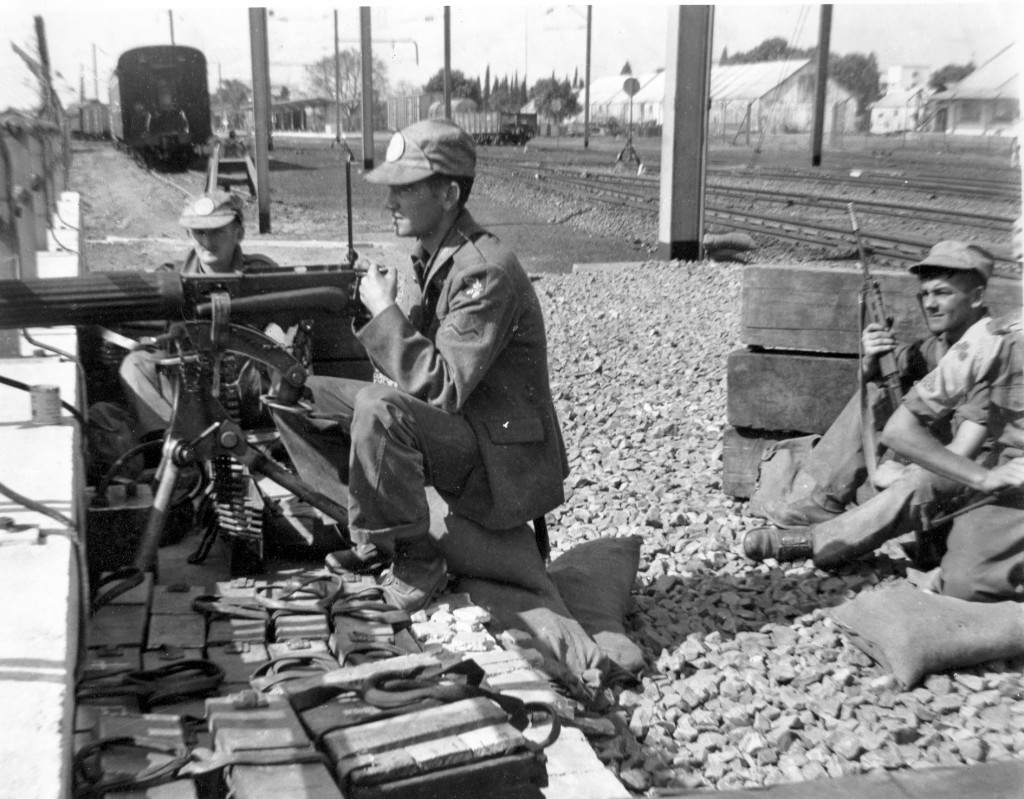
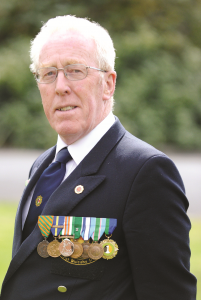
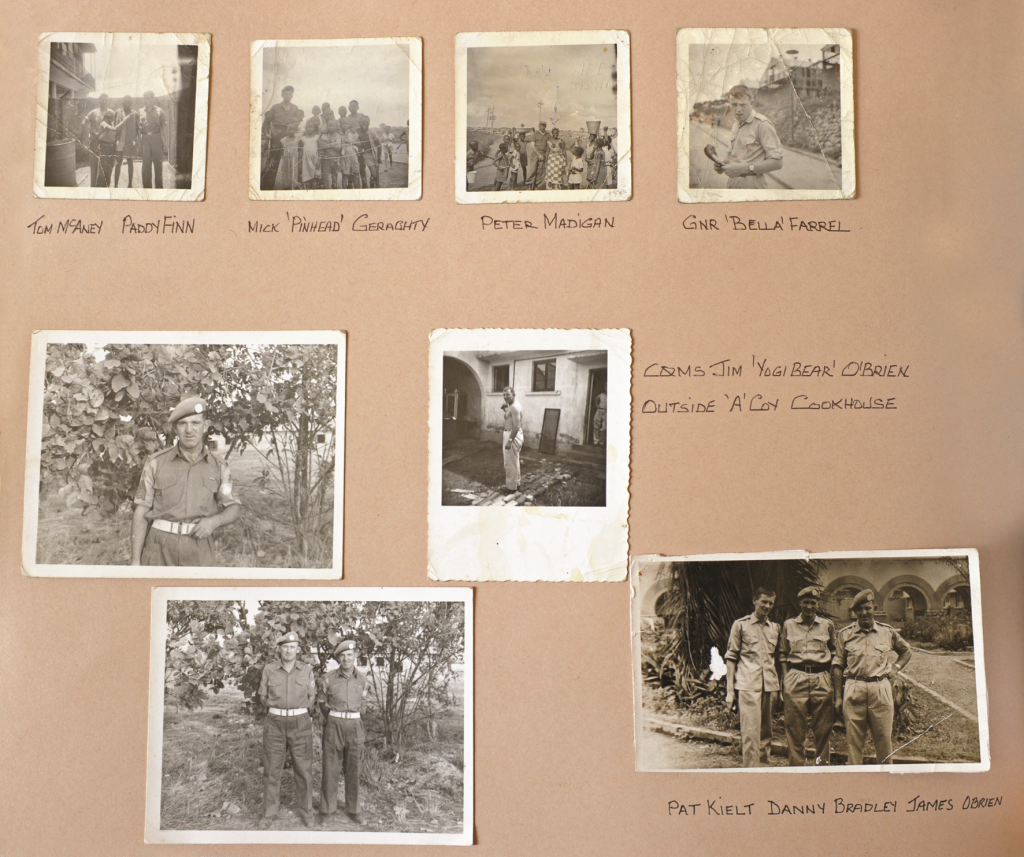
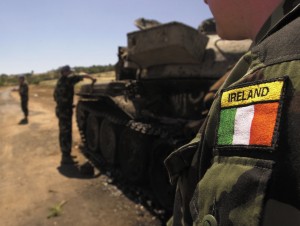 On the eve of the return of an Irish battalion to serve with The United Nations Interim Force in Lebanon (UNIFIL), Sgt Wayne Fitzgerald met with Mr Guy Jonas of the Irish-Lebanese Cultural Foundation to find out about his organisation and his views on the return of Irish troops to South Lebanon.
On the eve of the return of an Irish battalion to serve with The United Nations Interim Force in Lebanon (UNIFIL), Sgt Wayne Fitzgerald met with Mr Guy Jonas of the Irish-Lebanese Cultural Foundation to find out about his organisation and his views on the return of Irish troops to South Lebanon.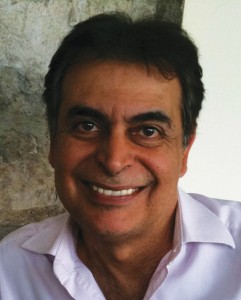 I am from an emigrant family; my grandfather was born in Buenos Aires, and I was born and raised in Lebanon. My mother still lives in Jounieh, just outside Beirut. I left Lebanon in 1976. I am an engineer by profession and I met my wife, who is from Thurles, while working in Abu Dabi in the UAE. We married and lived for several years in Abu Dabi but when we decided to start a family we felt we wanted to raise our children in Ireland so we moved over here 12 years ago. I had always enjoyed my trips to Ireland.
I am from an emigrant family; my grandfather was born in Buenos Aires, and I was born and raised in Lebanon. My mother still lives in Jounieh, just outside Beirut. I left Lebanon in 1976. I am an engineer by profession and I met my wife, who is from Thurles, while working in Abu Dabi in the UAE. We married and lived for several years in Abu Dabi but when we decided to start a family we felt we wanted to raise our children in Ireland so we moved over here 12 years ago. I had always enjoyed my trips to Ireland.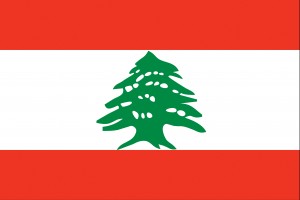 keep in touch with family by phone. I also read the Lebanese papers on-line every day and listen to the Lebanese news. Although I left Lebanon in 1976 I returned for a few years from 1984 to 1988, during which time I worked very closely with the Lebanese Armed Forces. The guys I knew at that time who were all captains and majors are now generals, so I still have very good links with the Lebanese Armed Forces (LAF).
keep in touch with family by phone. I also read the Lebanese papers on-line every day and listen to the Lebanese news. Although I left Lebanon in 1976 I returned for a few years from 1984 to 1988, during which time I worked very closely with the Lebanese Armed Forces. The guys I knew at that time who were all captains and majors are now generals, so I still have very good links with the Lebanese Armed Forces (LAF).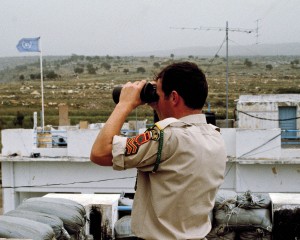 I was approached about this matter by some Irish veterans and I said I would do what I could. So, when I met the chief of staff of the LAF I brought this subject up with him and told him that I felt Irish UNIFIL veterans would be delighted with a special Lebanon service medal. He was very much in favour and although he said it would be very difficult to reinstitute the same medal he would have no problem instituting a new medal of appreciation and asked me how many I wanted!
I was approached about this matter by some Irish veterans and I said I would do what I could. So, when I met the chief of staff of the LAF I brought this subject up with him and told him that I felt Irish UNIFIL veterans would be delighted with a special Lebanon service medal. He was very much in favour and although he said it would be very difficult to reinstitute the same medal he would have no problem instituting a new medal of appreciation and asked me how many I wanted!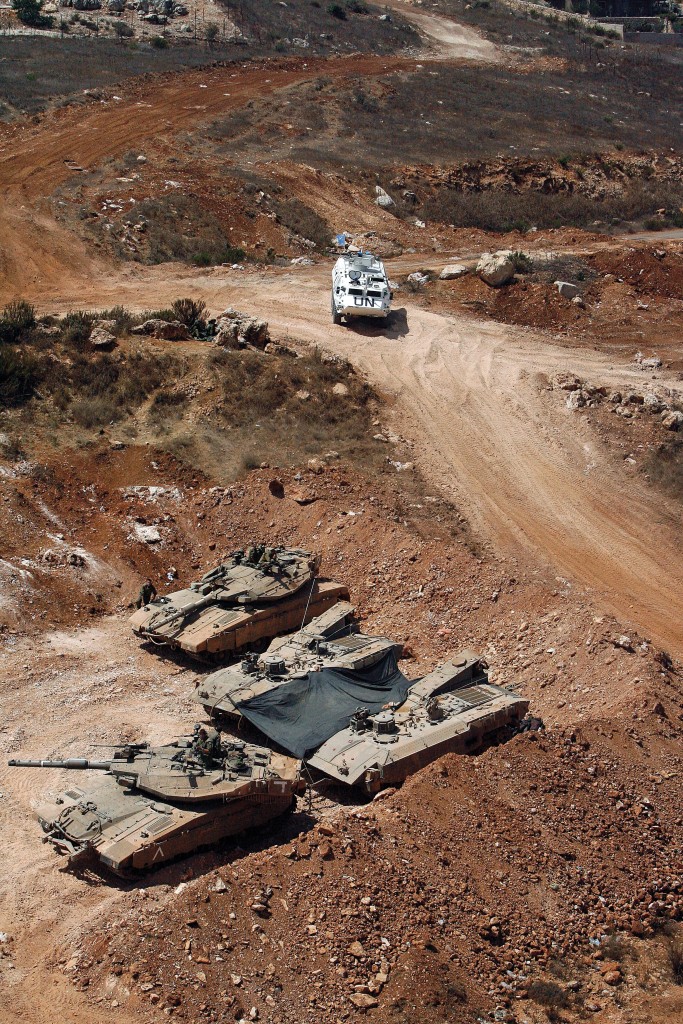 After 2000, when the south was liberated, it was natural for Ireland to pull its troops out as there was nothing really for them to do. Since then we had the war of 2006 followed by UN Security Resolution 1701 which gave UNIFIL a renewed, stronger, more efficient mandate to create a buffer zone and to protect the border. This has brought new rules of engagement that are very different to those that were in place previously. The rise of planned protest along the border by people demanding the right to return to their homes, a legitimate demand in my opinion, but one that is not being carried out in a proper fashion, is leading to a very different situation. Your presence is needed and will be welcomed by a lot of people but it won’t be the same as it used to be. You won’t be mingling with the public to the same extent. Lots of things have changed.
After 2000, when the south was liberated, it was natural for Ireland to pull its troops out as there was nothing really for them to do. Since then we had the war of 2006 followed by UN Security Resolution 1701 which gave UNIFIL a renewed, stronger, more efficient mandate to create a buffer zone and to protect the border. This has brought new rules of engagement that are very different to those that were in place previously. The rise of planned protest along the border by people demanding the right to return to their homes, a legitimate demand in my opinion, but one that is not being carried out in a proper fashion, is leading to a very different situation. Your presence is needed and will be welcomed by a lot of people but it won’t be the same as it used to be. You won’t be mingling with the public to the same extent. Lots of things have changed.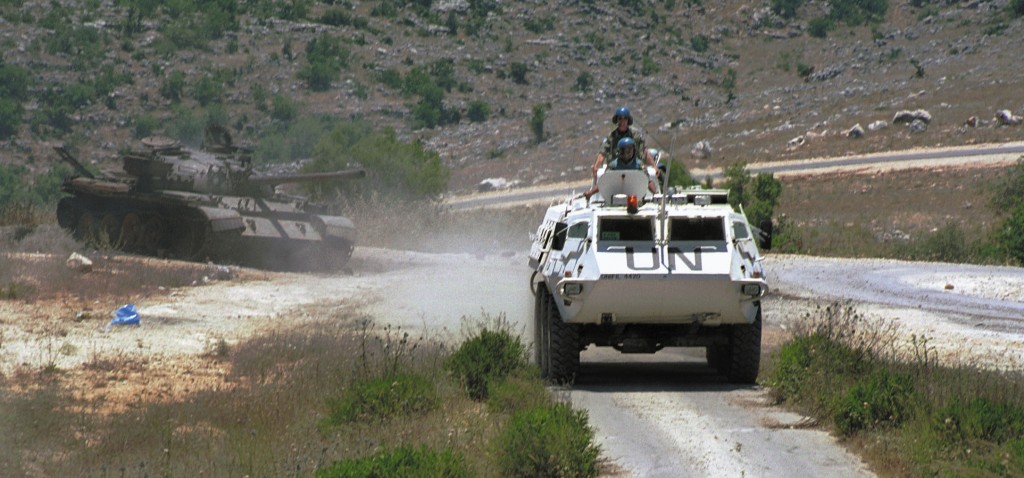 Of course, we are also facing a lot of serious challenges, like emigration, but the country had been doing very well economically. At a time when most of the world’s economies almost collapsed, Lebanon was still achieving growth rates of 6% or 7% a year. Indeed, Irish troops returning to Lebanon who may have served there in the past will be amazed by the development that has take place in South Lebanon, as seen in the new roads and fine villas that have grown up all around places like Haris. Given the chance that a permanent peace would provide, I believe Lebanon has much to give to the world. We are a talented, resourceful, multi-lingual people and with the help and goodwill of the international community I truly believe that we are going to pick up from here and do very well.
Of course, we are also facing a lot of serious challenges, like emigration, but the country had been doing very well economically. At a time when most of the world’s economies almost collapsed, Lebanon was still achieving growth rates of 6% or 7% a year. Indeed, Irish troops returning to Lebanon who may have served there in the past will be amazed by the development that has take place in South Lebanon, as seen in the new roads and fine villas that have grown up all around places like Haris. Given the chance that a permanent peace would provide, I believe Lebanon has much to give to the world. We are a talented, resourceful, multi-lingual people and with the help and goodwill of the international community I truly believe that we are going to pick up from here and do very well.